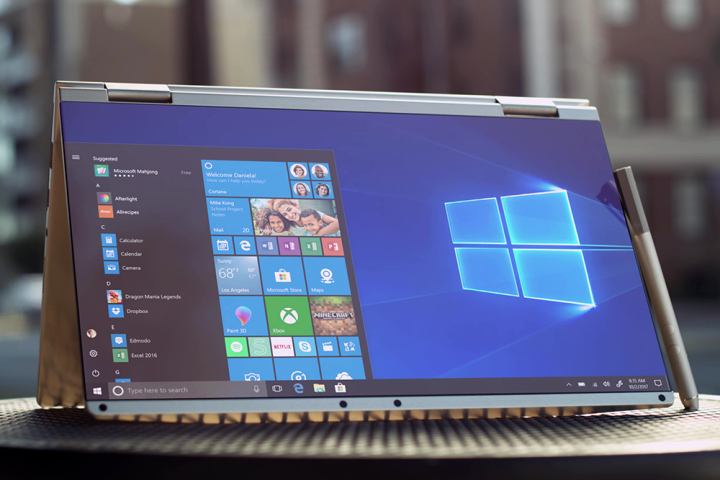
If you were curious about the differences between Windows 10 PCs based on Intel and AMD processors, and those using Qualcomm’s Snapdragon chip, Microsoft recently listed the limitations of Windows 10 apps and “experiences” on the latter. Since its discovery, Microsoft’s list no longer exists, except for cached versions you can find on third-party internet archives. Why the secrecy? Just look at the original Surface tablet.
Modern processors are mostly based on two different designs: One called “x86” introduced by Intel in 1978 that is also used by AMD in desktop and laptop processors, and one designed by ARM found in mobile-based processors manufactured by Qualcomm, Samsung, and Nvidia. Because these two designs are completely separate, Microsoft needs to fashion Windows for both.
In 2012, Microsoft introduced the first Surface device packing an ARM-based Nvidia Tegra 3 processor and an operating system Microsoft dubbed as Windows RT. Microsoft designed the Surface for a mobile-first word obsessed over the iPad, but the device failed to gain traction because owners couldn’t run their traditional x86-based desktop software on the ARM-based tablet.
Making matters worse, customers had to deal with the whole new Windows 8 touch-focused interface. Even more, they were forced to solely install apps from the Microsoft Store, which was in its early stages at the time and didn’t fully support cross-device “universal” apps. Support for Windows 8 RT ended in January 2016 followed by Windows 8.1 RT in January 2018.
Fast forward to the end of 2017. Microsoft and Qualcomm teamed up for their “Always Connected” initiative: Windows 10 PCs with native 4G LTE connectivity and crazy-long battery life. Manufactured by Asus and HP, these laptops will be based on the Snapdragon 835 processor found in mobile devices. That means Microsoft is coming full circle and re-igniting the Windows on ARM market.
To the company’s defense, its “universal” multi-device app platform has matured over the last five years or so. You can install Cortana, Microsoft Edge, Word, Skype, and other apps on multiple devices, whether they rely on x86-based processors by Intel and AMD, or ARM-based chips from Qualcomm and Samsung. But there are still limitations to Microsoft’s version of Windows 10 for ARM-based devices, as seen in the company’s recently pulled list.
Here is a simple breakdown, some of which pertain to developers but still trickle down to the end-user experience:
- Always Connected devices only support 64-bit drivers designed for the ARM architecture (ARM64).
- 64-bit apps developed for Intel- and AMD-based machines won’t run on these PCs.
- If a game or app relies on a version of OpenGL later than v1.1, they won’t work on these PCs. The same holds true for apps and games that require hardware-accelerated OpenGL, and/or “anti-cheat” drivers.
- Apps that load non-native Windows 10 components may fail/crash or simply not load.
- Apps assuming that all ARM-based devices are running a mobile version of Windows may render a user interface for smartphones, render the screen in the wrong orientation, or fail to start.
- Virtual machines using Hyper-V for ARM-based devices will not run.
Editors' Recommendations
- Windows 11 vs. Windows 10: finally time to upgrade?
- Qualcomm just made some bold claims about gaming on ARM PCs
- Microsoft may fix the most frustrating thing about Windows updates
- How to remove a Microsoft account from Windows 11
- Microsoft plans to charge for Windows 10 updates in the future


